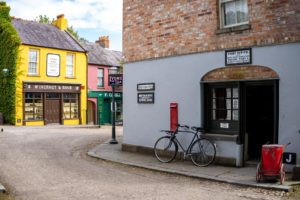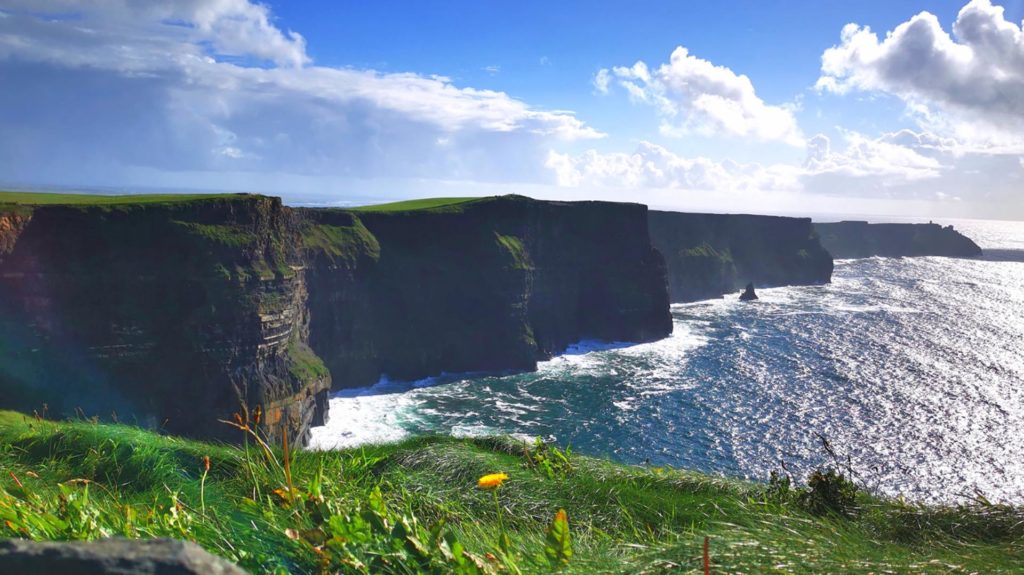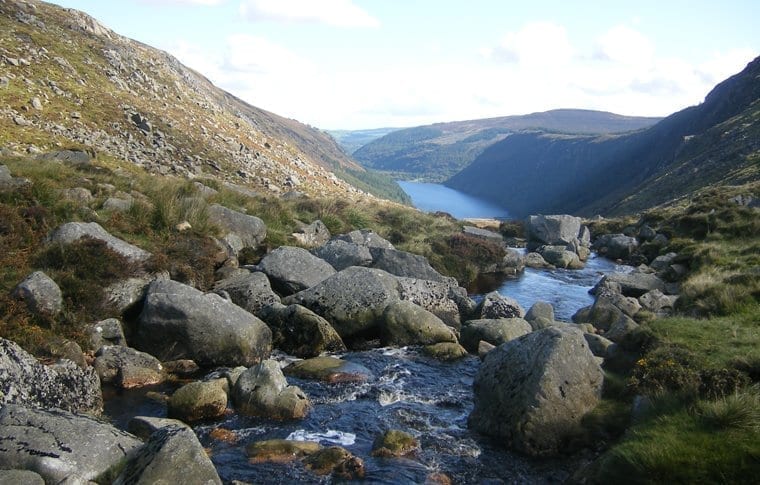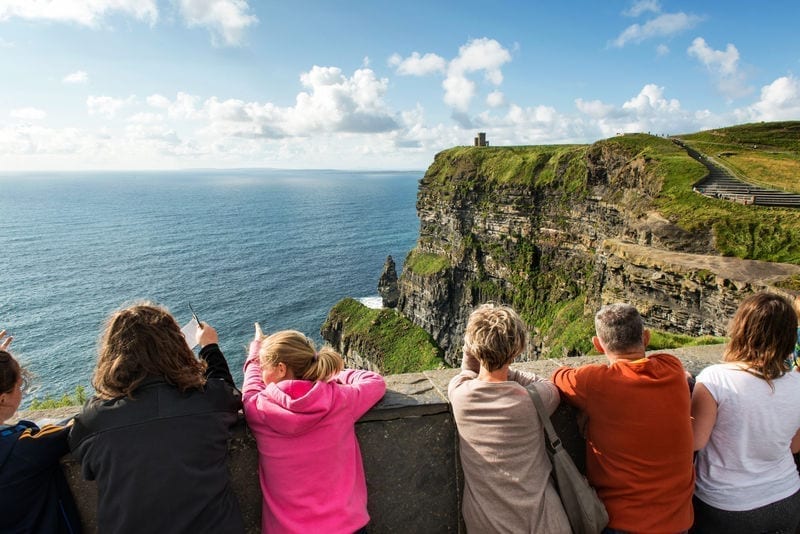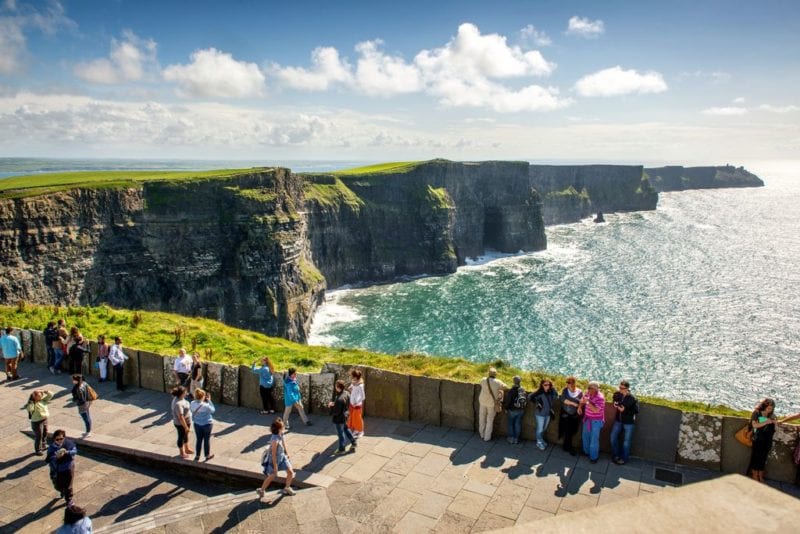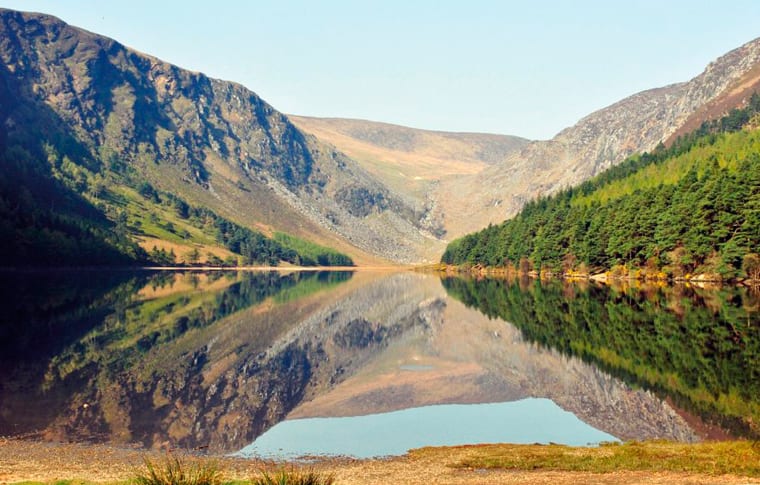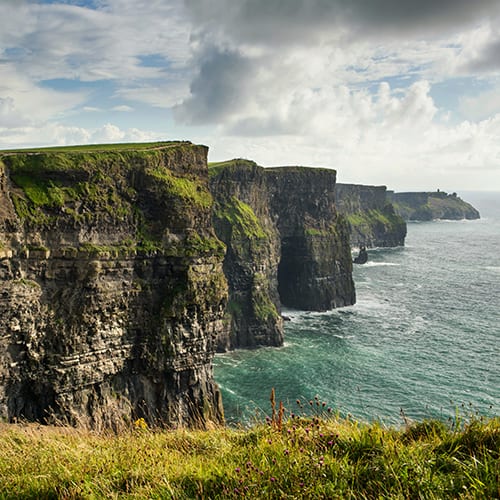
Bunratty Castle & Folk Park
The site on which Bunratty Castle stands was in origin a Viking trading camp in 970. It is the most complete and authentic medieval castle in Ireland construction completed in 1425AD. The present structure is the last of four castles to be built on the site. Discover more about its history and the folk park that has been built around this historic site.
Highlights and history of Bunratty Castle
The exact military site of dates to 900AD originally being a Viking fortress and trading post vanquished in 970ad by the legendary military leader Brian Boru who eventually drove the Vikings out of Ireland sacrificing his life at the Battle of Clontarf 1014.
In the preceding years the first Norman castle on the site was constructed in 1251. It was held as a seat of power and rule by various Norman generals including Thomas De Clare a descendant of Strongbow.
In 1284 the castle was sieged by the Irish clan the O’Brien’s and the Normans were defeated. The Castle was raised to the ground by the Irish as their style of military conquest never saw the merits in encamping themselves within barricade walls such as a Castle.
In 1287 the castle was rebuilt but again was sieged in 1318 by the Irish during which the Norman general Richard De Clare was killed. The castle was vacated by the defeated Normans.
In the 14th century the city of Limerick was becoming more developed and an important port. Much like it was back in the Viking days 400 hundred years earlier and the site of Bunratty Castle guarded entry to the river Shannon.
In 1353 an English army were dispatched to wage war on the local clans McNamara’s and the McCarthy’s. A new fortified castle was to be constructed the English on the current site. The new state of the art castle now it’s 3rd time of construction was only just completed when again the Irish were victorious in battle and the castle was captured.
The castle and lands remained in the hands of McNamara’s for the next 150 years with a 4th Castle the current Castle being constructed in 1425.
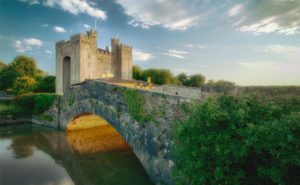
In 1500’s the Castle came into the hands of the O’Brien clan who at the time were the most powerful clan in Munster. The O’Brien clan latterly took the title of Earls of Thomond similar to the legendary figure in Irish history up north in Ulster, Red Hugh O’Neill the Earl of Tyrone.
William Penn & The Confederate War (1641-1653)
During the Confederate War also called the 11 years’ war which took place in Ireland between 1641 and 1653. There was a series of wars of three kingdoms, the Irish, English and Scottish. It was a series of wars over political and parliamentary independence, the survival of the monarchy, religious freedom and religious discrimination. Primarily a war over ethnicity, land ownership the rights of Catholics under Protestant rule. It boiled down to the rights of Irish Catholics having a self-governing kingdom under King Charles 1 or British Protestants holding all the power and ownership of land subordinate to the parliament in England. It was the most destructive conflict in Irish history and caused 200,000 – 600,000 deaths from fighting, famine and disease. The protagonists were referred to as the Rebels, Royalists and the Roundheads.
Bunratty Castle was a significant military stronghold during this war. It’s position allowed those who held it to blockade maritime access from Limerick Port and up through the river Shannon. The city of Limerick and the port was held by the Irish Confederates but Bunratty Castle was in the hands of the Roundhead Rear – Admiral Penn, the father of William Penn founder of the city and state of Pennsylvania in America. After a long siege the Irish Confederates were victorious and took the Castle. They spared the life of the surrendering Admiral Penn and allowed him to sail away to Kinsale in Cork and ultimately on to the American colonies.
Bunratty Folk Park
Prepare to experience village life in 19th century Ireland!
The park features 30 buildings in a “living” village and rural setting. From a fine Georgian House built 1804 to rural farmhouses, village shops and streets recreated in appearance from a time they would have appeared according to the social standing. There is even an example of the poorest of the poor at the time a one room dwelling.
The Village Street is the epiccentre of Bunratty Folk Park. Here you will find a collection of brightly coloured shops and buildings side by side. The village houses and shops in the Folk Park have been chosen from many different areas, to form a collection of typical 19th century urban Irish buildings including the School, Doctor’s house, Pawnbrokers, Pub, Drapery, Printworks, Grocery, Hardware shop, Pottery and a Post Office.
The sweet sounds of traditional Irish music is carried in the air and the village characters, including the schoolteacher, policeman and village doctor are on hand to entertain and enthrall all who visit!
